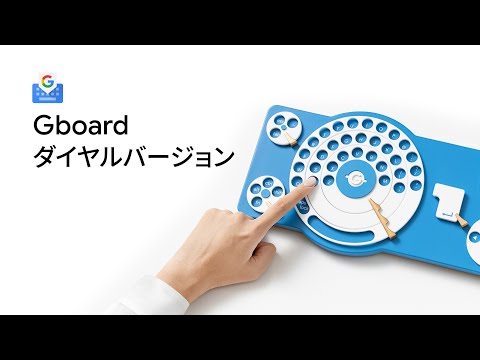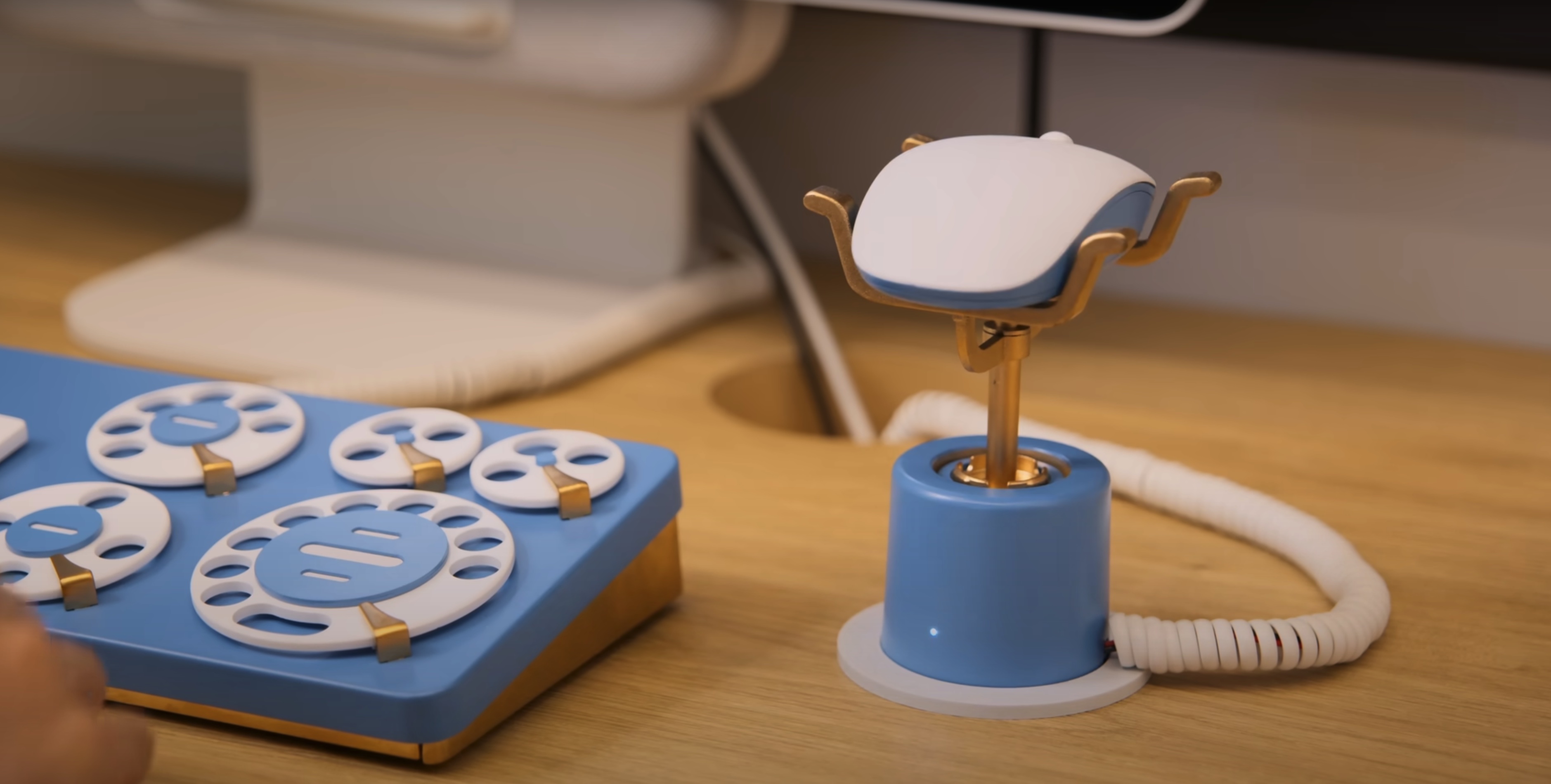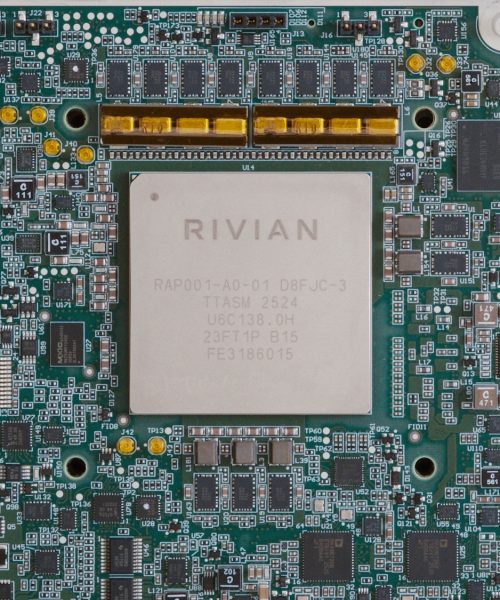Rotary phones, once a staple in the typical mid-century living room, were largely relegated to dusty basements and landfills following the introduction of the push-button touch-tone phone. But researchers at Google Japan have rewound the clock and imagined a world where the iconic spinning dial lived on, eventually evolving into a full-fledged mechanical keyboard. They’ve dubbed their whimsical, but utterly impractical, design the “Gboard Dial Version.”
The keyboard features a set of nine variously shaped dials, each corresponding to different functions like letters, numbers, and punctuation. A single, massive return key sits at the center of the device. To make a selection, users insert a finger into one of the dial holes and rotate it to their desired “key.” Once released, the dial zips back to its starting position. This process is then repeated—again and again.
It’s not exactly a form factor optimized for speed.

Engineers involved in the project say the movement produces a tactile, mechanical response and a “gentle whirring sound” in lieu of click-clacking keys. On a technical level, the keyboard functions by translating each rotation angle into a USB signal. The keyboard also comes with a pairable mouse that automatically shuts off the user’s webcam when it’s placed on an accompanying dock. That’s a clear homage to the long-forgotten manual process of ending a call by “hanging up” the rotary phone.

Practicality isn’t the point
The rotary design is the latest in a string of bizarre, out-of-left-field keyboard designs Google Japan has released, mostly for fun. (Past versions include a cylindrical keyboard in the shape of a Japanese tea cup and a giant 65-inch keyboard with the QWERTY laid out in one long strip.) Anyone looking to purchase the rotary model though is out of luck. It isn’t for sale. Google Japan did upload the design files so someone with a working 3D printer and some patience can make one for themselves.
And while the Gboard might not sound all that practical, it may have another, more therapeutic effect.
“I used to slam the keys sometimes when I got frustrated,” one of the Google researchers said in a video. “But since I switched to this keyboard people say I’ve smoothed out my rough edges.”






